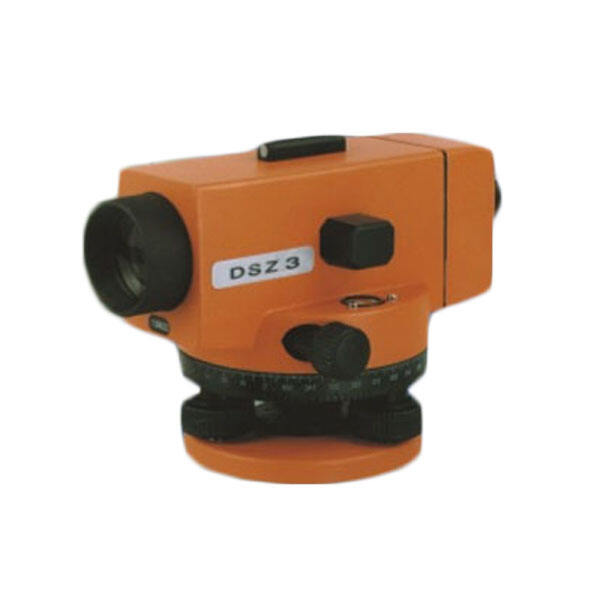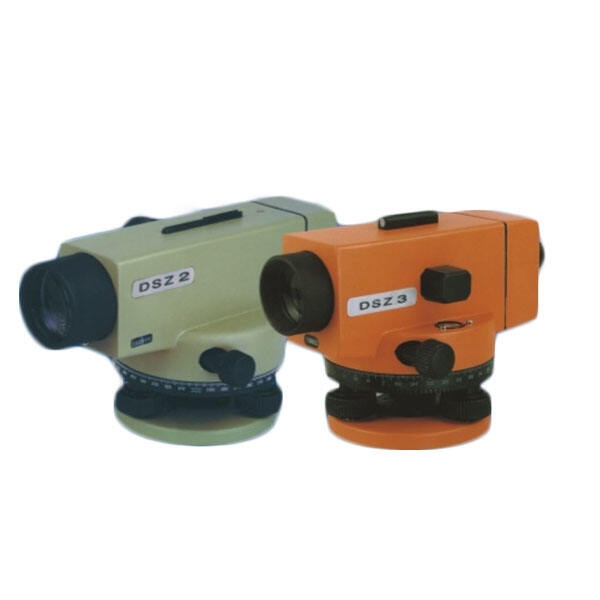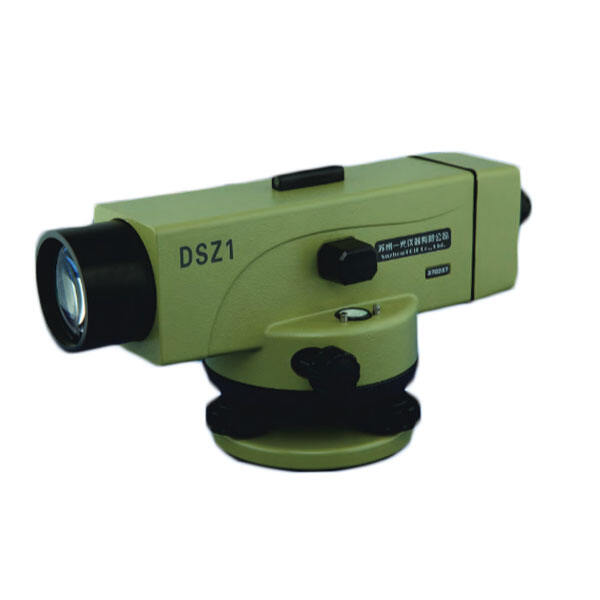digital level and auto level
Digital levels and auto levels represent essential technological advancements in modern construction and surveying equipment. Digital levels combine electronic precision with traditional spirit level functionality, featuring LCD displays that provide accurate measurements in degrees, percentages, or millimeters per meter. These devices utilize advanced sensors and microprocessors to deliver real-time measurements with exceptional accuracy, typically within 0.1 degrees. Auto levels, also known as automatic levels or builder's levels, incorporate an automatic compensator system that maintains horizontal accuracy even when the instrument is not perfectly leveled. This self-leveling capability ensures consistent measurements across various terrain conditions. Both instruments offer multiple measurement modes, data storage capabilities, and often include Bluetooth connectivity for seamless data transfer. Digital levels commonly feature working ranges up to 100 feet indoors and 50 feet outdoors, while auto levels can achieve accuracy within 1/16 inch at 100 feet. These tools prove invaluable in applications ranging from construction layout and foundation work to cabinet installation and landscaping projects, offering professionals and DIY enthusiasts alike the precision and reliability needed for accurate leveling tasks.


